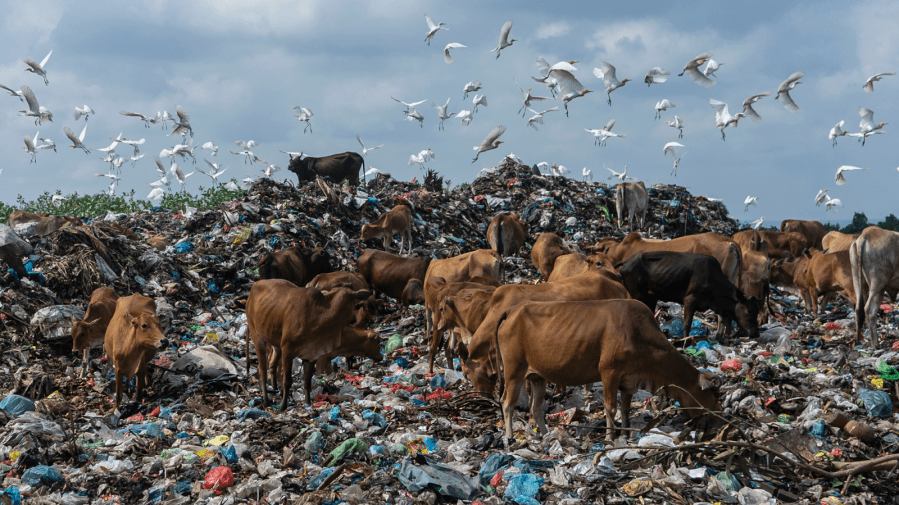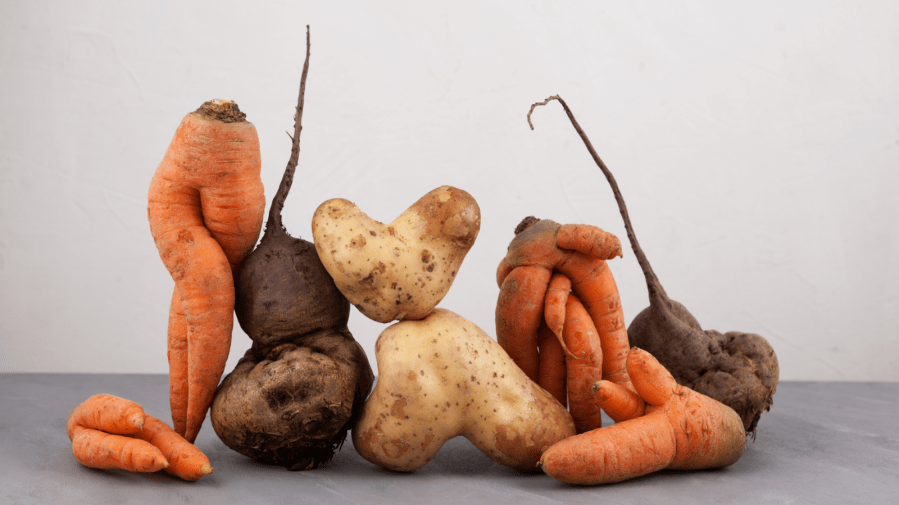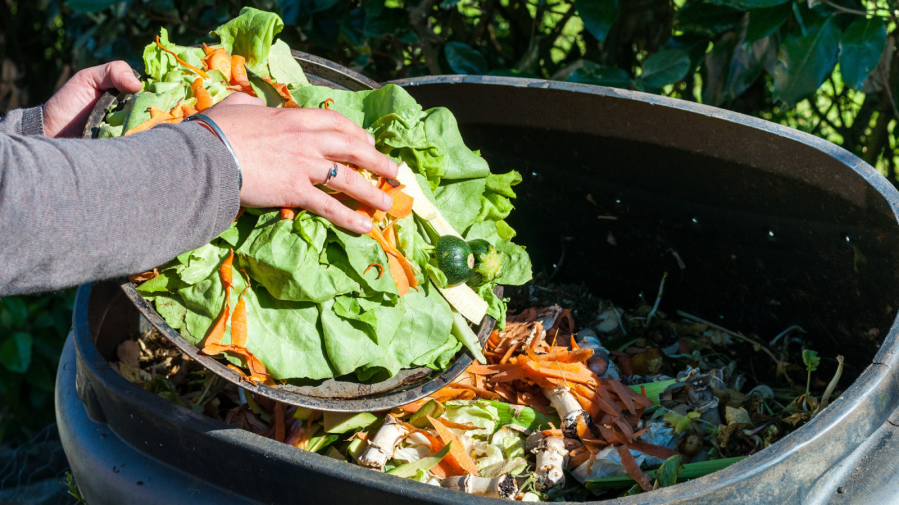Exploring Food Waste Solutions for a More Sustainable Future

In 2019, the world generated 931 million tons of food waste over the course of the year. The United Nations estimated that a majority of this waste — 61% to be exact — came from households , followed by food service and retail. All in all, humans wasted 17% of the world’s total food production.
Outside of China and India, the United States is the world’s biggest food waster. The country wastes between 30% and 40% of its annual food supply — that’s almost 90 billion meals’ worth of food and 2% of its entire GDP. Perhaps even more troubling is the reality that between 70% and 90% of this lost or wasted food is completely edible.
Still, 1 in 9 Americans lived in food insecure households in 2019 (without reliable access to enough affordable, nutritious food to live an active, healthy life), and 1 in 5 children experienced food insecurity in 2020 during the COVID-19 pandemic. The numbers are even more striking when accounting for racial disparities, with 1 in 6 Latinx individuals, 1 in 5 Black individuals, and 1 in 4 Native American individuals living in food-insecure households compared to 1 in 12 white individuals. Worldwide, the Food and Agriculture Organization of the United Nations estimates that 690 million people were undernourished in 2019 — or nearly 9% of the global population — and that number is expected to rise during and post COVID-19.
The sheer magnitude of the food waste problem is a humanitarian issue to be sure, but it also has a negative impact on the environment. Why? Food waste in landfills releases methane gas as it rots and breaks down — and food waste is actually the number one material to end up in landfills in the United States. Methane emissions are 25 times more potent than carbon dioxide when it comes to trapping heat in the atmosphere, so a smaller amount of methane can have a much bigger contribution to climate change than CO2. As a matter of fact, if “food waste” were a country, it would rank just behind China and the U.S. as the world’s third largest emitter of greenhouse gas.
The carbon cost of food production and transportation is also high. Studies show that the world’s food systems are responsible for over one-third of annual global anthropogenic greenhouse gas emissions, including 18 billion tons of carbon dioxide. So, when we waste food, we aren’t just wasting our planet’s natural resources (such as water and soil nutrients), we’re also wasting the labor, investment and greenhouse gas emissions that go into producing and transporting it.
What Causes Food Waste?

Almost every point along the edible food production and supply chain has the potential to create food loss (food lost between harvest and the retail level) or food waste (the part wasted at the consumer or retail level). It could occur straight from the source on farms or fishing boats, at the processing and distribution step, at restaurants, at shops or in the home.
Once the food reaches grocery stores and restaurants, equipment malfunction (such as faulty refrigeration), over-ordering and trashing leftover produce can result in hefty food loss. Granted, residential consumers also contribute greatly to food loss when they buy or cook more than they need and throw out the extras.
Reducing food waste is a target for one of the UN’s “Sustainable Development Goals,” a collection of 17 global objectives designed to be a “blueprint to achieve a better and more sustainable future for all” that’s intended to be achieved by 2030. The target (12.3) states: “By 2030, halve per capita global food waste at the retail and consumer levels and reduce food losses along production and supply chains, including post-harvest losses.”
Yet, there is still a substantial lack of data on food waste at both the local and global levels. While organizations like the United Nations and the EPA can make educated predictions about how much food is wasted or lost, what types of foods have the largest impacts and in which sectors the most waste is being generated, tracking progress towards the Sustainable Development Goals will undoubtedly require more accurate information and research.
How to Reduce Food Waste

Of course, the best way to reduce food waste is to not create it in the first place. Some events, like weather disasters or labor shortages, are difficult to predict — but others, like forming bad habits of buying more fruits and vegetables than we need at home, are entirely preventable. Here are a few ways you can limit food waste:
Plan your meals
Before buying groceries, make a shopping list to avoid purchasing more than you need (and do your best to resist impulse buys). That way, you’ll waste less food and save more money.
Learn to compost
More and more local governments are adding municipal composting programs to their regular curbside recycling and yard waste policies. You can also learn to compost at home and create your own nutrient-rich soil for your yard or garden out of kitchen waste.
Pick “ugly” produce
Fruits and veggies with small imperfections are often the last to be chosen at the grocery store — and are therefore the first to go to waste, even though they taste the same. Don’t be afraid to grab that oddly shaped orange or crooked carrot.
Store food correctly
Use the “first in, first out” rule in the kitchen — move older products to the front of your cupboard or refrigerator and newer ones to the back. Always make sure leftovers and open food are packed in airtight containers so they won’t spoil as quickly.
Love your leftovers
Speaking of leftovers, use them! If you don’t eat everything you cook, don’t throw it away. Instead, freeze it or use the leftovers as ingredients for another meal.
What Can We Do With Wasted Food?

In cases where creating excess food is simply unavoidable, not all is lost. Many cities in the United States have local organizations that accept prepared and canned food or even implement projects that coordinate “green bag” pickups. Finding them may be as easy as contacting your local recycling or waste center.
Inedible food can also be upcycled into other products like animal feed, vermicompost, bioenergy, and even bioplastics or clothing. Scientists are constantly researching new ways to transform food waste into useful materials, while companies like Imperfect Foods and Misfits Market have based their entire business model on food waste. Wasted food can also be recovered and donated to hunger relief organizations that feed people in need, such as Rescuing Leftover Cuisine, which partners with businesses to distribute excess food to local nonprofits that provide meals for people who are food insecure.





